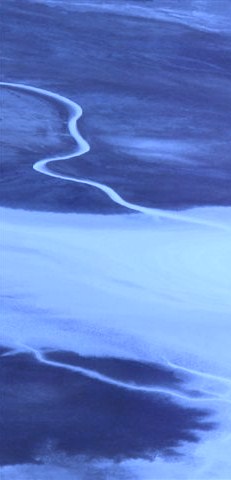 The other night, as my daughter and I grappled with her geography homework, we scanned through aerial photos of the sinuous path waterways make as they meander across the Earth. I couldn’t help but connect the winding pattern to writing.
The other night, as my daughter and I grappled with her geography homework, we scanned through aerial photos of the sinuous path waterways make as they meander across the Earth. I couldn’t help but connect the winding pattern to writing.
While the shortest distance between two points may be a straight line (obviously you do want your reader to follow you from beginning to end), in the world of inspire and invigorate, some well placed tangents may be worth it. I’ve seen bloggers approach How To posts both ways–direct and meander–effectively.
Turns out “meander” is a scientific term worthy of arrows and diagrams explaining how water behaves as it forms a channel. As water strikes a new bank, soil sluices down and slows the water’s path, diverting it to rush to the opposite bank, only to slow again as that shore erodes, sending it rushing to the opposite bank yet again. The combination of erosion and the speed of the water over time creates the finished image, by sky, of an iridescent blue snake slipping through the green velvet of land. And by kayak, offers that sensate thrill for paddlers navigating the S curves.
Hold that image, then, and aim high–and low. Start by pausing long enough to consider the various hidden How To lists living inside you made up of all the skills unique to you, especially the ordinary, everyday lists you may at first overlook. Try to come up with a post to 1) instruct 2) inspire 3) make laugh 4) empower 5) call to action 6) soothe. Or make up your own list of 6 categories and give each a try.
I’m going to start with the familiar terrain first: the direct How To, by taking a look at Jane Friedman’s Getting Started Guide: Blogging For Writers. Jane, with her blog’s jewel of a tagline, Being Human at Electric Speed, belongs in the last post about the promise power of stellar subtitles. In the span of those five words, she nails the quandary: how do you stay human despite the omnipresent throb and addictive pulse of online activity? How do you keep it real and still ride the collective wave? That’s the question/promise I respond to when I land on Jane’s site.
More importantly, I wanted to direct you to Jane’s post focusing on how to blog. She organizes her post with clear headings: Questions to Ask Before You Start, Key Components of Your Blog, Post Checklist, To Grow Your Readership, and more. Her entire post, easily digestible, is made up short phrases loaded with specifics. Technically, she turns from direct to meander post by the last Additional Advice and Resources That I Love section, where she provides links to eight other sites and closes with an offer for you to download her PDF, Blogging 101.
If you don’t want to draw on your own knowledge for a How To post, consider interviewing an expert in your area of inquiry. Over at The Creative Penn, Joann Penn (how could she not be a writer, right?) hosts a guest post, inadvertently a How To, Seven Keys to Book Architecture (written by Stuart Horwitz). Stuart organizes the post by list, each bolded headline serving a clarifying purpose, from the get-go: 1) Know what draft you’re in…to….7) You can’t go through life writing the same book the whole time.
Our last two examples are fun variations on what I’ll call negation posts. In On Remembering How to Travel (South Africa) blogger Alexis Grant delights in her opening through negations as she lists all the things she forgot from flip flops to cash. She ultimately triumphs despite the forgotten items which makes the post fun to read (we like to hear about success despite adversity). What sort of opposite, anti, or not post could you write?
Or try using negations in your post sub-headings. In How a scientist becomes a freelance science writer, sciencegeekgirl (blogger Stephanie Chasteen—don’t let the handle fool you—she’s a geek I’d love to rub elbows with) writes “an indirect professional path” post baring her process, broken into sections, two of which read The Best Job I’ll Never Have and The Exploratorium (The Other Best Job I’ll never Have). I think you’ll come away inspired by Stephanie’s extremely creative trail of press releases, articles, podcasts and now…blogposts…I was especially moved by her inquisitive willingness to keep seeking experience (and establishing herself, ultimately, as a game-changer ready to engage and play). She likens herself to bacteria, extending the metaphor to characterize her “jagged, but non-random path” towards what she loves.
And while this is a beautiful example of what I mean by a meander post, notice too that Stephanie’s really using personal narrative to drive her How To which draws us in all the more.
Have you come across a fun or effective variation on a How To post? Or written your own you’d like to point us to here?
Photo by Robyn Beattie.

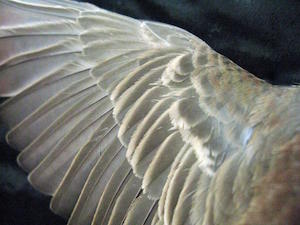
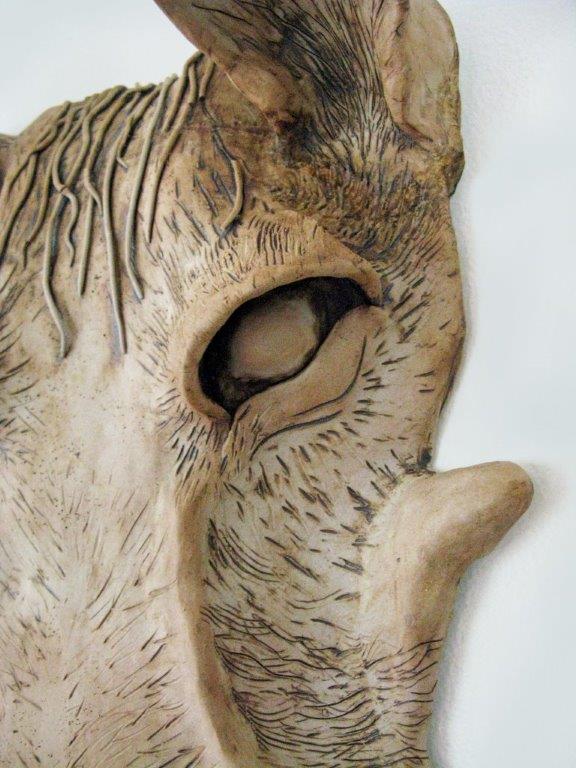

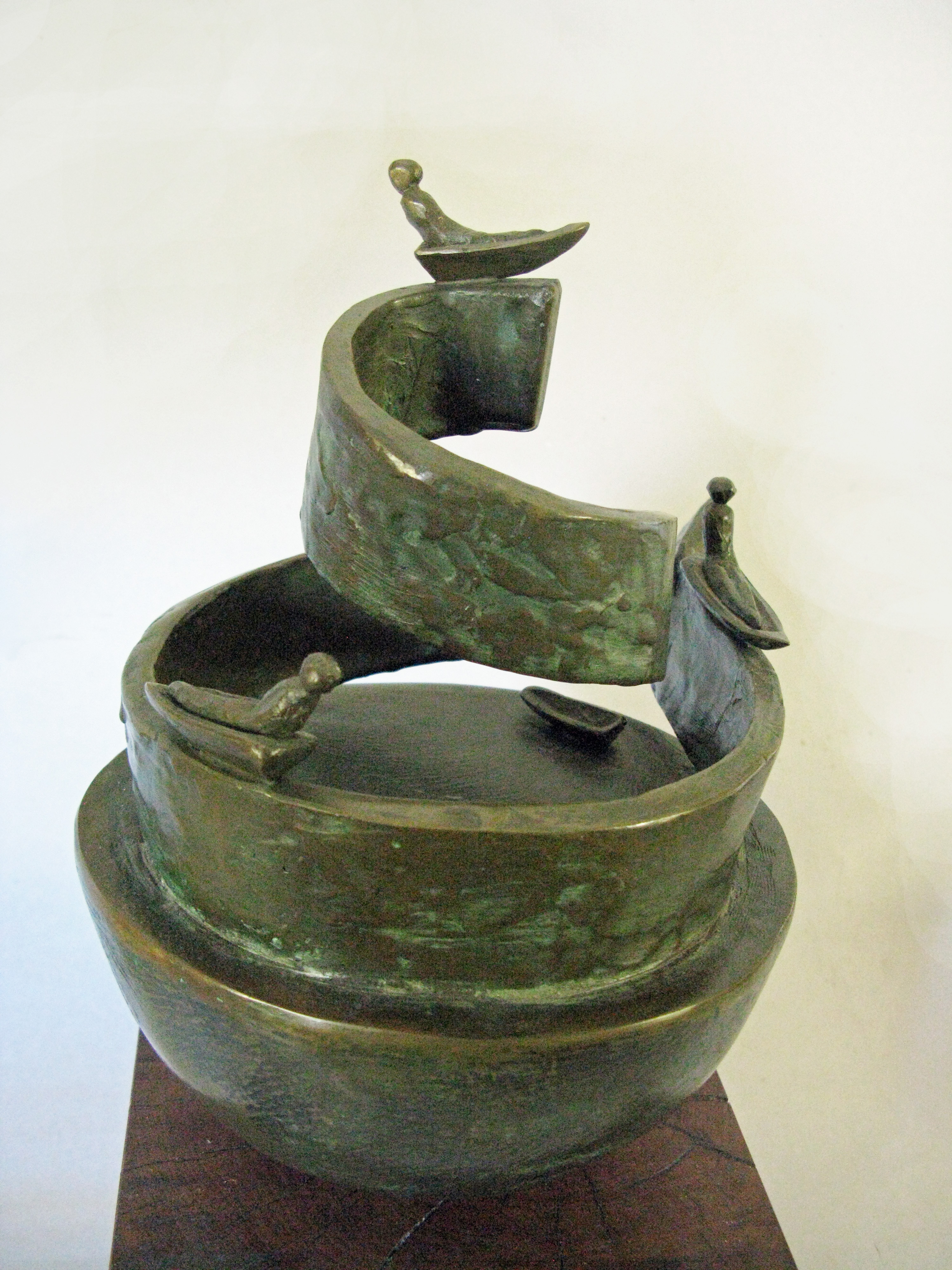

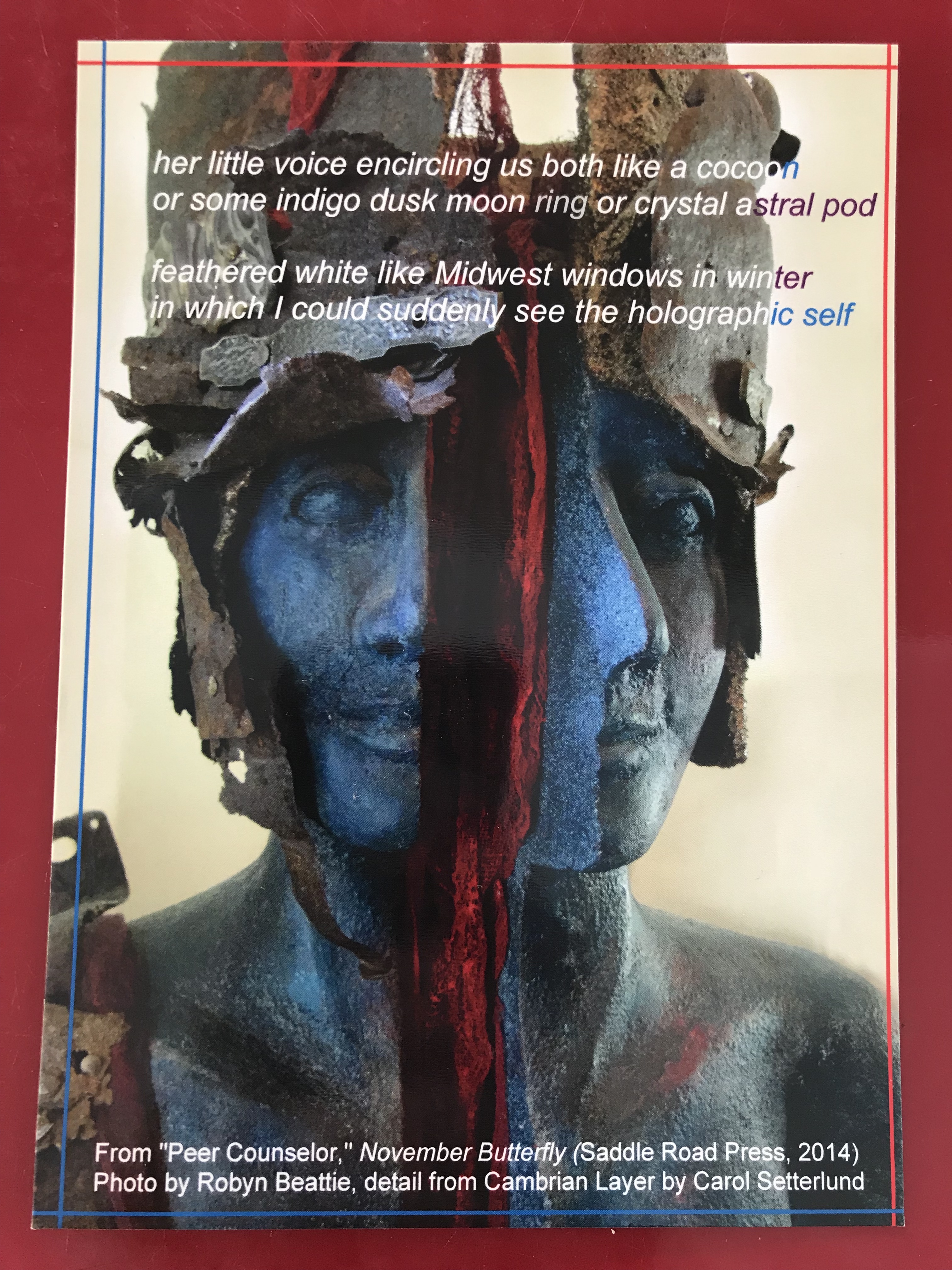
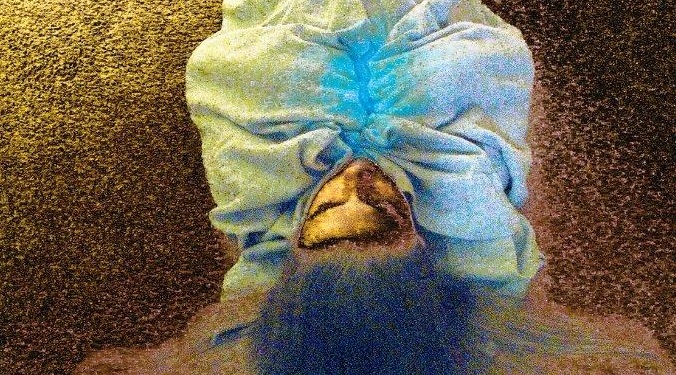



Leave a Reply
Want to join the discussion?Feel free to contribute!